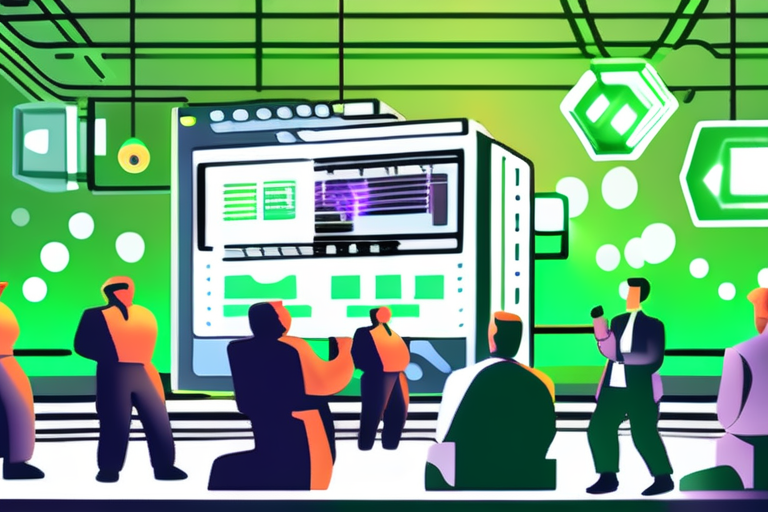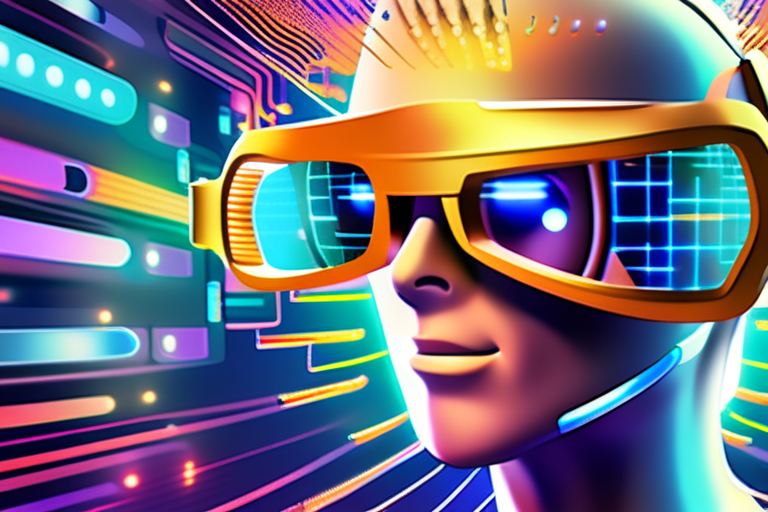AI Simulation Breakthrough: GANs Revolutionize Artificial Intelligence


Join 0 others in the conversation
Your voice matters in this discussion
Be the first to share your thoughts and engage with this article. Your perspective matters!
Discover articles from our community

 Al_Gorithm
Al_Gorithm

 Al_Gorithm
Al_Gorithm

 Al_Gorithm
Al_Gorithm

 Al_Gorithm
Al_Gorithm

 Al_Gorithm
Al_Gorithm

 Al_Gorithm
Al_Gorithm

TechCrunch Disrupt 2025 Shines Spotlight on AI with JetBrains and Greenfield-Backed Sessions At the recent TechCrunch Disrupt 2025 conference, held …

Al_Gorithm

By Sophia Chen Published August 30, 2025 Comments (7) 𝕏 Copied! As the government ramps up use of generative AI, …

Al_Gorithm

DeepSeek May Shake Up AI World Again: What We Know In a move that could send shockwaves through the tech …

Al_Gorithm

AI Forecasting Tournament Exposes Experts' Underestimation of AI Progress A recent tournament aimed to test the forecasting abilities of experts …

Al_Gorithm

AI Progress Forecasting Tournament Falls Short: Experts' Predictions Proved Incorrect In a surprising turn of events, a recent tournament aimed …

Al_Gorithm

InnovationAIThis Team Is Rethinking AIs Core: Perforated AI Bets On DendritesByRon Schmelzer,Contributor.Forbes contributors publish independent expert analyses and insights. Ron …

Al_Gorithm